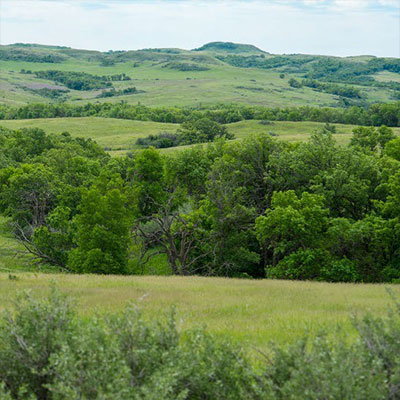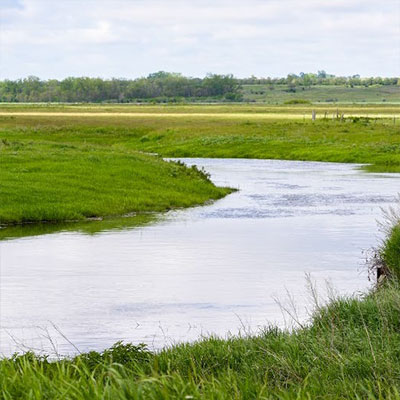Harris’s Sparrow

NDGF
L 7.5”, WS 10.5”, 1.3 oz. Males and females similar, pink bill, dark crown, black face and bib in breeding plumage. The largest sparrow in North America.
Status in North Dakota
Spring and fall migrant, some overwinter. Occurs in ND from late April to late May, mid-September to mid-November, and occasionally from mid-November thru April.
Reason for SWAP Designation
At-risk based on expert review (SGCN c.).
The Harris’s Sparrow is declining, and the population decreased 63% since 1970.
North Dakota and the Central Flyway have high stewardship responsibility for this species.
Threats
Loss of habitat on the breeding and wintering grounds and amplified effects of climate change in artic habitats.
Harris’s Sparrows are common at backyard bird feeders during migration and winter.
Bird feeders attract predators that feed on Harris’s Sparrows and other songbirds, and experience higher levels of disease threats when congregated at feeding sites.
Research and Monitoring
Additional information is needed on migration and wintering behaviors.
Management Recommendations
- Create a bird-friendly backyard, with native grasses and wildflowers, shrubs and trees.
- Clean bird feeders weekly with a 10% bleach solution.





